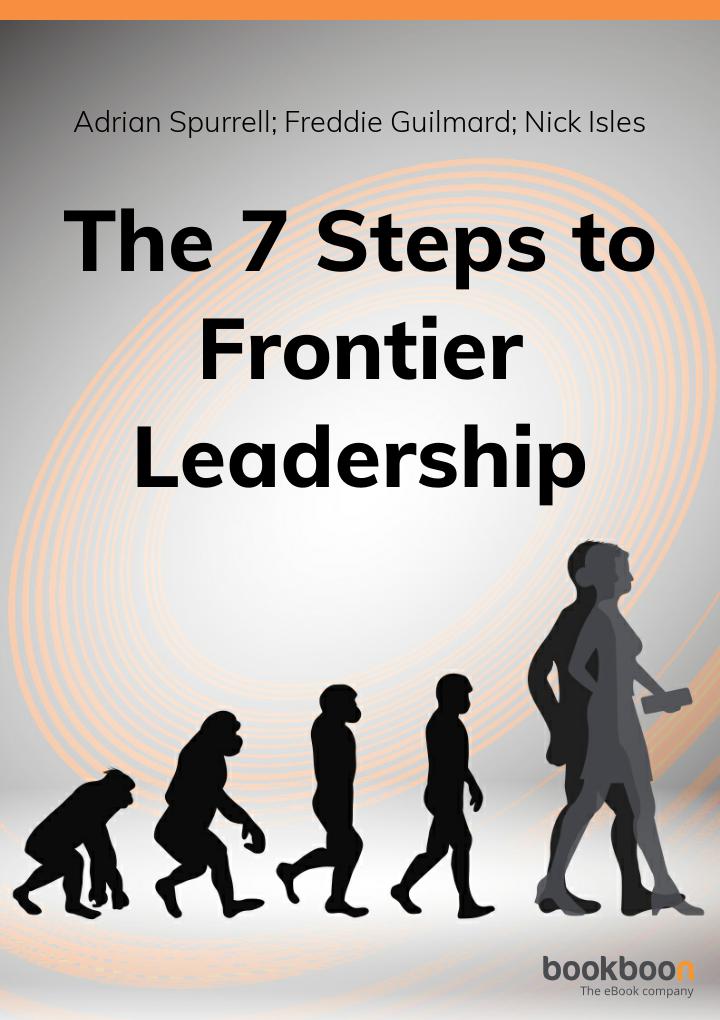What type of culture rules your organisation?

 Now a lot of management theorists will talk about organisational culture and as every Frontier Leader knows, to quote the famous management theorist Peter Drucker, ‘Culture eats strategy for breakfast’. So what exactly did he mean?
Now a lot of management theorists will talk about organisational culture and as every Frontier Leader knows, to quote the famous management theorist Peter Drucker, ‘Culture eats strategy for breakfast’. So what exactly did he mean?
In a nutshell culture is a set of shared values, assumptions and beliefs which determines how people behave. Organisations can, of course have sub cultures, but there will be a dominant way that ‘this is how we do things around here’. Organisational leaders are those individuals who often sustain the dominant culture ensuring its implicit rules and customs are observed. There are many examples of how culture can impede change but we will offer this case study.
A new leadership team was hired by the incumbent CEO who had worked in the organisation for 20 years. She had worked her way to the top by assiduous management of the crises that the organisational culture ensured would happen on a regular basis. The new strategy, vision and values were developed by all stakeholders and deployed. Values statements could be seen sprouting up like a new sown crop of wheat. The vision seemed…well…truly visionary. And yet not much changed. Results improved but only gradually. The CEO decided that a new senior team was required. A new team was duly hired. Not much changed. So what was going on?
When asked to diagnose the problem it became clear that the organisation was suffering from a type of culture that cultural strategists would describe as a ‘clan’ culture. Now clan cultures can often be highly successful. They are affiliative, participatory, very friendly and ‘nice’ places to work. However they can also prove to be very sticky if what you are trying to do is create more accountability; inject pace, and respond quickly to changes in your operating environment. This organisation’s clan culture was reinforced by the behaviours and beliefs of the CEO herself. And in all sorts of small and major ways she reinforced the very tacit rules and values the culture expected. This did not mean that change was not possible. Just that it was slower than the situation required and not being a Frontier Leader it meant that this CEO was part of the problem.
The other types of common organisational culture are often described as hierarchical; market oriented and adhocracy (see steps).
So when looking at organisational culture there are perhaps four key axes or traits that, if measured properly, will enable you to diagnose what is happening within your culture. These are as follows:
- Mission: Do we know where we are going?
- Adaptability: Are we able to change and adapt in response to the needs of our customers and the marketplace?
- Involvement: Are our people aligned, engaged, and capable?
- Consistency: Do we have the values, systems and processes in place to execute and deliver on our Mission?
These four areas, if measured properly (and yes there is a model that can help do this) reflect the need to balance the external with the internal; market responsiveness with the right systems and processes; external mission with internal engagement by stakeholders with that mission. Scoring highly on all areas will mean you have a very responsive culture with a common grammar and syntax. If you haven’t then where the scores are low will be your starting point in trying to change the culture. And as our case study above shows; sometimes that can mean you.




